Other

“Efficient near-infrared (NIR) light-emitting diodes of perovskite have been produced in a laboratory at Linköping University. The external quantum efficiency is 21.6%, which is a record. The results have been published in Nature Photonics. The work is led by …

“A new transistor based on organic materials has been developed by scientists at Linköping University. It has the ability to learn, and is equipped with both short-term and long-term memory. The work is a major step on the way to …

“The organic polymer PEDOT is probably one of the world’s most intensely studied materials. Despite this, LiU researchers have now demonstrated that the material functions in a completely different manner than previously believed. The result has huge significance in …

“Researchers at the Laboratory of Organic Electronics, Campus Norrköping, have developed a method that increases the signal strength from microbial electrochemical cells by up to twenty times. The secret is a film with an embedded bacterium: Shewanella oneidensis. Adding bacteria …
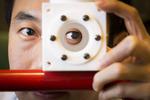
“Researchers at LiU are working to develop a method to convert water and carbon dioxide to the renewable energy of the future, using the energy from the sun and graphene applied to the surface of cubic silicon carbide. The research …
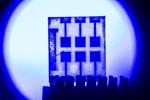
“Researchers at the universities in Linköping and Shenzhen have shown how an inorganic perovskite can be made into a cheap and efficient photodetector that transfers both text and music. “It’s a promising material for future rapid optical communication”, says …

“Twenty-five researchers from seven research institutes have put their heads together to draw up rules for designing high-efficiency organic solar cells. The research is led by Feng Gao, associate professor at LiU. An article have been published in Nature Materials …
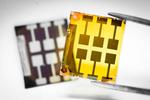
“A further step has been taken along the road to manufacturing solar cells from lead-free perovskites. High quality films based on double perovskites, which show promising photovoltaic properties, have been developed in collaboration between LiU and NTU in Singapore. Research …
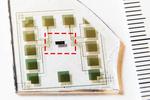
“Researchers at the Laboratory of Organic Electronics have developed the world’s first complementary electrochemical logic circuits that can function stably for long periods in water. This is a highly significant breakthrough in the development of bioelectronics. The dominating material …
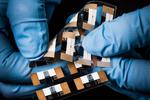
“Printed electronic transistor circuits and displays, in which the colour of individual pixels can be changed, are two of many applications of ground-breaking research at the Laboratory of Organic Electronics. New groundbreaking results on these topics have been published in …
